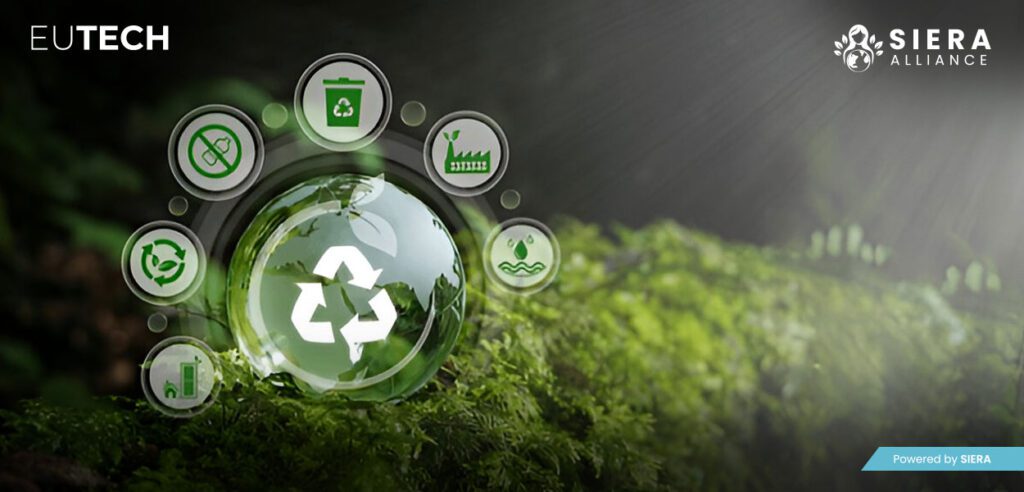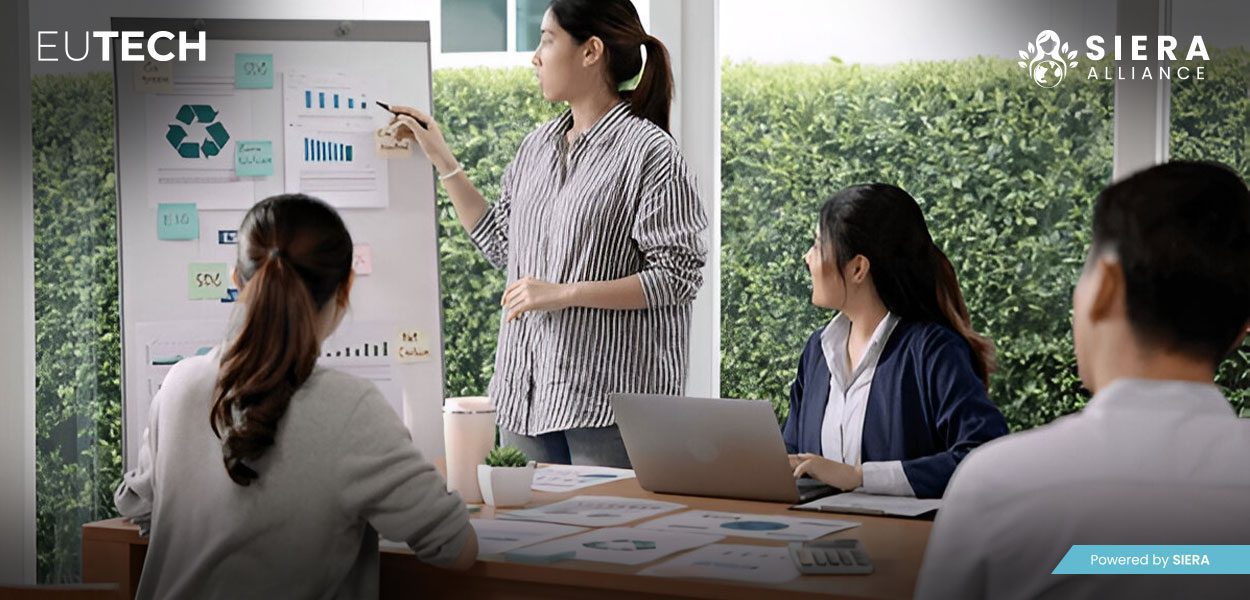The construction industry plays a vital role in shaping societies. It provides essential infrastructure, improves quality of life and accommodates urban growth. However, the industry’s importance to society only underscores the need for greener practices in construction.
After all, our reliance on the built environment isn’t going to reduce any time soon. On the contrary, metropolitan cities continue to struggle as more and more citizens shift to urban centers for better opportunities. And while the construction industry strives to meet that ever-growing demand, it must also balance the environmental needs of the hour.
As a result, the need for sustainable construction practices has never been more urgent. Sustainable construction (SC) offers an approach to building that minimizes environmental and social harm while maximizing the efficiency of structures, presenting a viable alternative to the energy-intensive practices that have dominated the industry.
Environmental Issues Caused by Traditional Construction
Traditional construction practices consume natural resources like sand, gravel and wood at unsustainable rates, causing significant damage to the ecosystem. This exploitation of natural resources can lead to issues like deforestation, soil erosion, resource scarcity and loss of biodiversity.
Perhaps the most pressing concern is the carbon footprint of the construction industry. Due to energy-intensive practices like cement manufacturing, the industry accounts for roughly 39% of global CO2 emissions.
Construction activities also generate upwards of 1 billion tons of waste per year which, due to poor recycling practices, often end up in landfills. Furthermore, the construction process itself causes air pollution, posing a serious risk to the wellbeing of humans and ecosystems.

The Pressing Need for Sustainable Construction
Given the debilitating environmental impact of construction activities, industry leaders face mounting pressure to transform their practices. That has spurred the adoption of sustainable construction as consumers, investors and governments alike expect businesses to address environmental challenges.
With a focus on efficient resource usage, renewable energy and recyclable materials, sustainable construction promises to reduce the ecological footprint of buildings throughout their lifecycle.
Furthermore, with global governance bodies demanding greener and more transparent approaches from enterprise leaders, sustainable construction also unlocks green financing opportunities for compliant businesses while reducing the risk of regulatory fines.
Benefits of Sustainable Construction
1. Resource Conservation
Sustainable construction reduces the consumption of non-renewable resources by utilizing recycled materials, renewable resources, and locally sourced products.
2. Waste Reduction
SC practices promote waste reduction through recycling and reuse of materials. By implementing efficient construction techniques and employing greener waste management practices, the amount of debris sent to landfills is drastically reduced.
3. Energy Efficiency
Sustainable buildings are designed to consume less energy. Incorporating features like high-performance insulation, energy-efficient HVAC systems and renewable energy sources (e.g., solar panels) reduces the reliance on fossil fuels.
4. Carbon Footprint Reduction
Sustainable construction reduces greenhouse gas emissions through energy-efficient designs, low-carbon materials, and sustainable building practices.
5. Improved Indoor Air Quality
One of the key social benefits of sustainable buildings is improved indoor air quality. By using non-toxic materials, improving ventilation systems, and integrating natural lighting, green buildings offer healthier environments to its occupants.
6. Economic Advantages
The long-term economic benefits of sustainable construction are significant. Green buildings generally have lower operating costs, higher property values, and are more marketable due to their energy efficiency and environmental responsibility. Additionally, many governments offer incentives for green building projects, making them more financially attractive.
7. Increased Resilience
Sustainable construction practices also contribute to the resilience of buildings. These structures are better equipped to withstand natural disasters and extreme weather events, reducing the long-term costs of renovation and restoration.
8. Social Responsibility
Companies that engage in sustainable construction are seen as leaders in corporate social responsibility. By reducing environmental impact, these companies build trust with consumers, improve their reputation, and contribute to the broader goals of sustainable development.

Challenges in the Adoption of Sustainable Construction
While the benefits of sustainable construction are clear, the transition to more sustainable practices does come with its own set of challenges.
High upfront costs and insufficient legislative support can slow the adoption of green building practices. Government incentives, innovative building techniques, and increased public demand are helping overcome these barriers, but to properly address these challenges, we first need to raise awareness of them.
In that vein, EU Tech, together with SIERA Alliance, is hosting a seminar in Schwetzingen on the 10th of April to facilitate further conversation around the sustainable construction practice of building in existing buildings.
With a plethora of experts from diverse fields sharing their expertise, we invite industry leaders to participate in the ‘Bauen im Bestand’ event and help bring us closer to an economy where sustainable construction is the norm.









